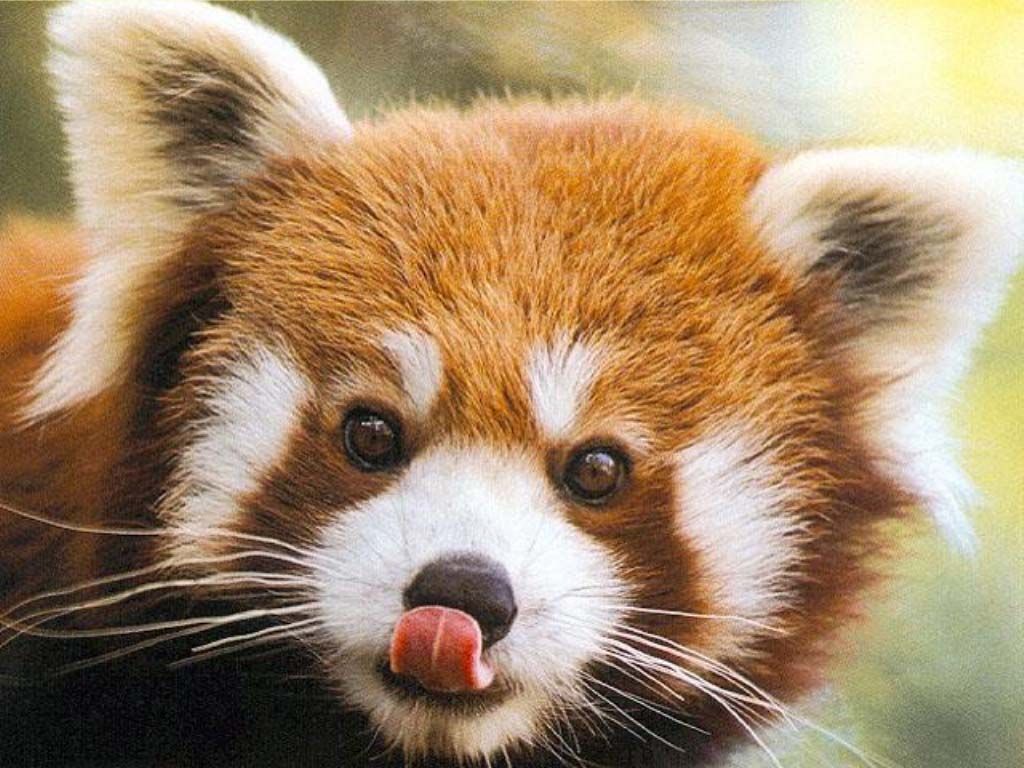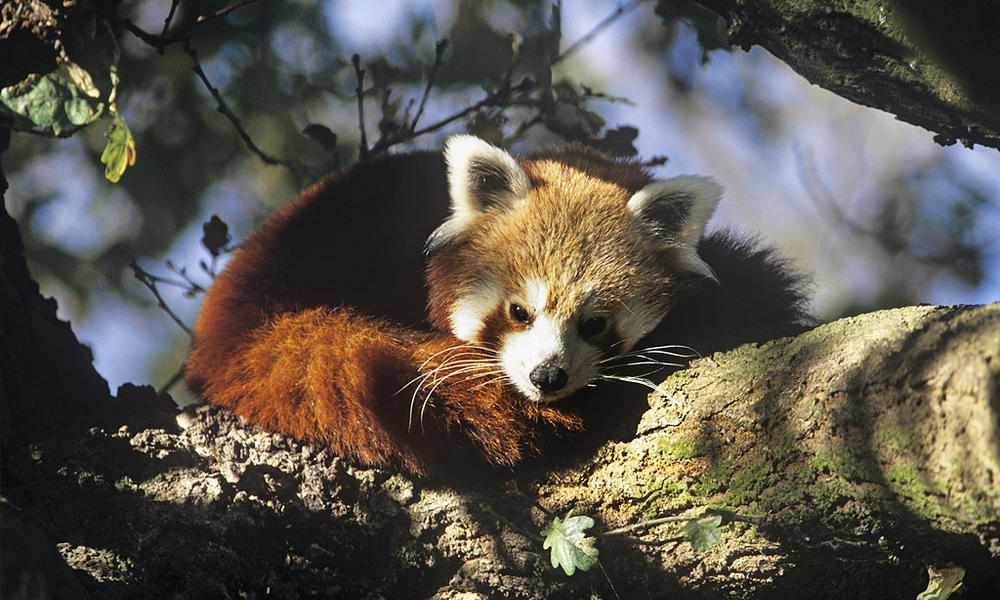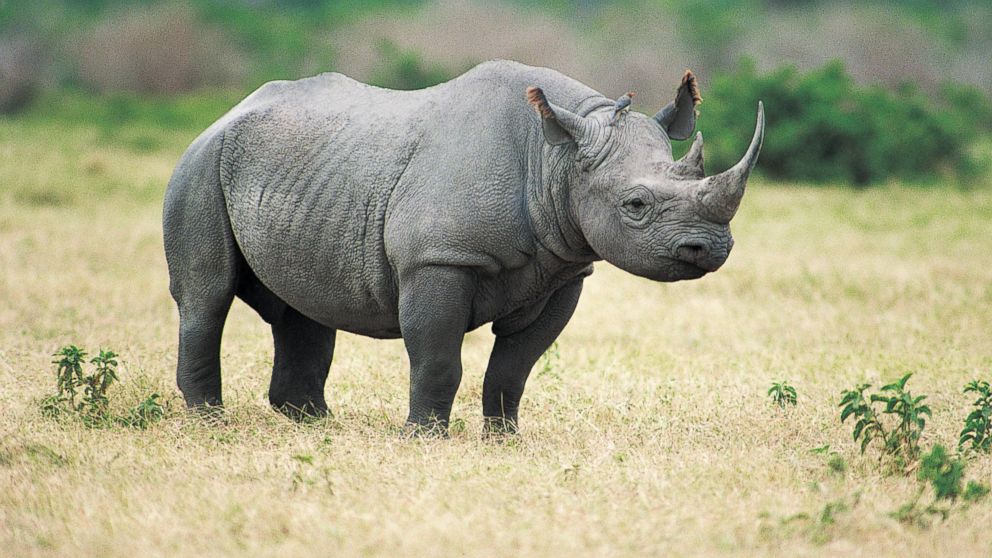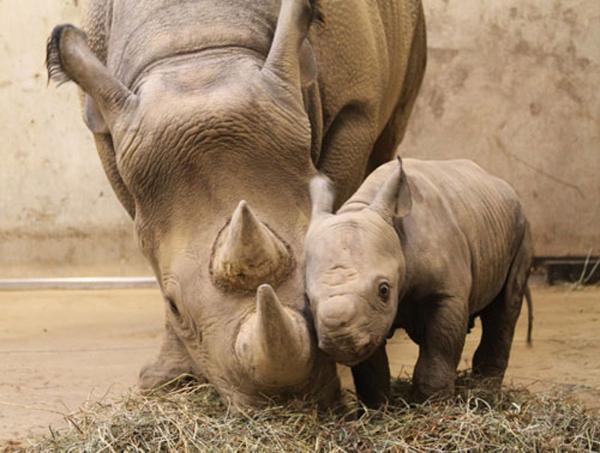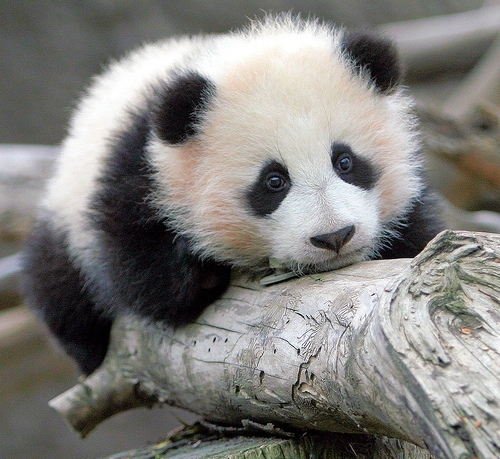1. Learn about endangered species in your area- What can I say? This whole blog is about informing you about animals! Now granted most of these animals, probably none are within your area, but they should inspire you to go look for animals in need in your area! I think tip definitely deserves number 1 and is a great thing that YOU can do.
2. Visit a national wildlife refuge, park or other open space- On this regard, the impact you make is small. Basically by visiting these refuges and parks you support the people working there. This allows them to get paid and continue to protect the animals. Now that is not the BIGGEST impact, but there is more too it. Being able to go out in nature and see these animals its worth it. Visiting refuges and parks is a good start for supporting those who are saving animals.
3. Make your home wildlife friendly- PLEASE DO. By making your home a safe place that wildlife can live, you open up tons of awesome experiences and you help these creatures. You may get to see a beautiful rare bird propped in your tree. Perhaps rhetorically you can have an actual white elephant as Christmas.
4. and 5. are about keeping your yards with native plants and not using pesticides. By allowing the natural vegetation to grow and avoiding the use of chemicals you will create an environment that is attractive to the creatures of your area. I suggest trying to recreate the plants and ecosystem of where you live so that you can experience wild animals up close. And don't use chemicals, they are bad.
6. Slow down when driving- watch Bambi.
7. Recycle and buy sustainable project- look at the lightning volcano in Chile. That is what happens when you piss off Mother Earth. Don't be that person. Also save animals.
8. Never purchase products made from threatened or endangered species- yes, 100 times this. Rhino's in Africa are murdered for their horns. That is like 5% of their whole body mass. Don't feed the poachers, don't buy their blood animal products.
10. Protect wildlife habitats- because that is the whole point isn't it?
Thank you! Go out and be awesome!












